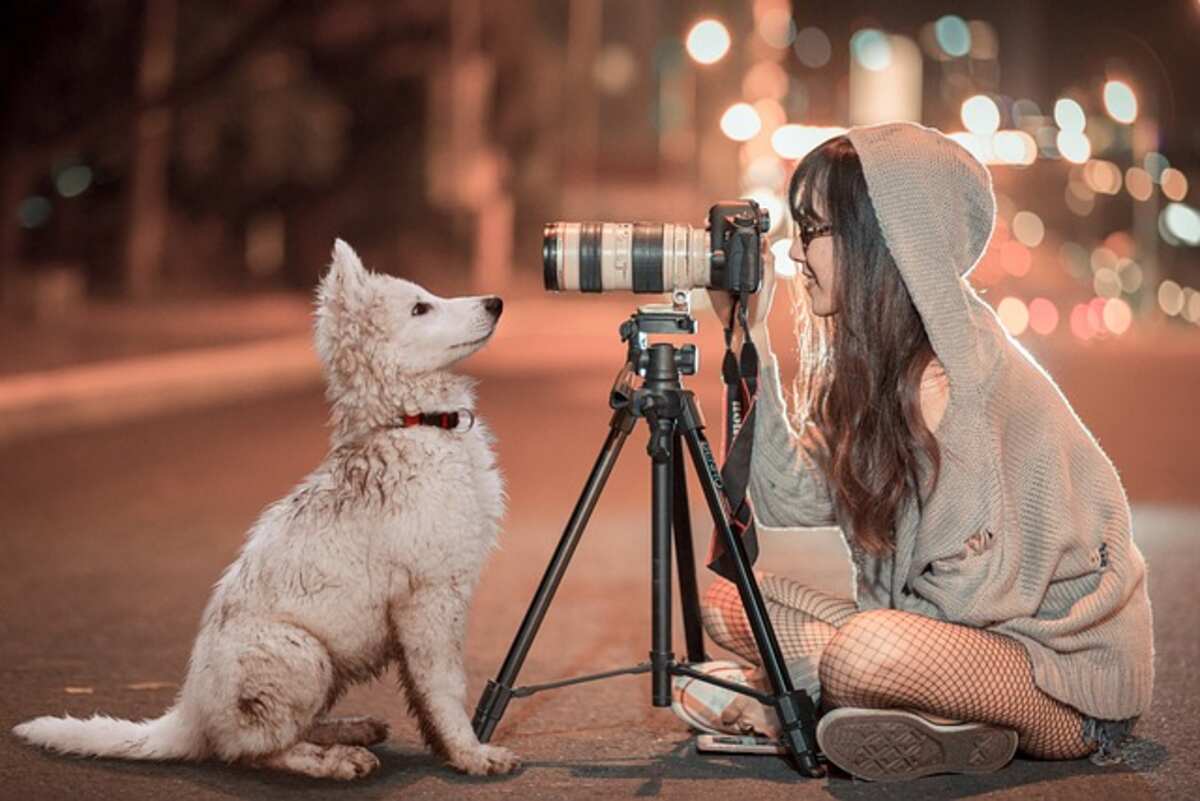How to Plan a Photoshoot.
This is primarily for beginners and those who want to expand into fashion/people photography but lack a body of work that can be shown to prospective clients.
We will assume that you’ve already done the groundwork of figuring out what you want to capture and developing a general concept for your project. I’ll explain the thought process behind a college-era photo shoot I staged and describe the resulting images. (I went with a pinup from the ’40s.)
Now that the 1940s pin-up era has been selected as our theme, we must consider the following:
What is our desired model count?
Who will be in charge of the hair and makeup?
Who will be in charge of the outfitting, exactly?
The location of the photo session is the fourth question.
Can you tell me what tools we’ll need?
So, we’ve decided to employ two models, which is excellent, but where can we locate them and how much will it cost? I didn’t have much money in school, so hiring models was out of the question. Using close personal connections is common while building a portfolio, although it may not always be the best option. However, employing a friend or family member in a photo shoot is fantastic if they are a good fit. Otherwise, you’ll need to find a way to advertise for a model; I used some online classifieds to do this, just posting a casting call explaining that I was looking for a model and for what purpose. Websites exist where creatives (photographers, models, stylists, etc.) are prepared to display their work in exchange for exposure (time for print/digital photographs instead of payment). When both parties are looking to build or update their portfolios, working with someone on a TFP basis can be pretty beneficial.
We need to hire a makeup artist because we have two models interested in working for free. We can publicize a casting call for a hair and makeup artist or check internet portfolio sites to discover someone interested in working for free. Please send links to photos of the models they will be working with and pictures of cosmetics inspiration to the hair and makeup artist you’ve chosen. We would tell the makeup artist that we need her to create a look reminiscent of 1940s pin-up girls by sending them pictures of these women. Before the day of the picture shoot, ensure you and your team have a chance to discuss your plans and responsibilities.
A wardrobe stylist can be found through the same channels as a model or makeup artist—advertisements and requests. However, depending on the source, employing a stylist may result in additional expenses for apparel. I hired a stylist to help me remove the 1940s motif, which required renting clothes from a vintage shop. You can’t afford to have your stylist show up with clothing that doesn’t fit your models, so providing visuals of your ideas and the people they’ll be dressing is essential.
Once we’ve assembled our team, we can start thinking about the photo shoot’s location—and whether or not you’ll need to start shelling out cash. The photography studio on campus should be available to you if you are still a student there. If not, some businesses may rent out their empty studios for as little as £50 for a half-day. Shooting on-site is another option; I ended up going that route. I contacted a museum I knew would have plenty of vintage airplanes and military aircraft and explained that I was organizing a picture shoot there. The museum was gracious enough to allow me to use their facilities without charging me, on the condition that I do not sell any photographs I took there. After explaining my intentions and promising that the photos wouldn’t be sold, I did the same thing at a vintage train station. It’s worth taking a chance on the possibility that someone might answer yes if you ask them; not everyone does.
After assembling a team and deciding where to hold operations, the next step is to select appropriate tools. I brought flashes/strobes because I needed them for outside and inside shooting. The lighting setup consisted of a few speed lights on light stands with shoot-through umbrellas. Equipment is crucial; if you plan on utilizing flashes, bring extra batteries, and if you want to get both broad and close-up photos, bring both lenses. If you’re on the fence about taking something, it’s best to err on caution and take it anyhow. But you’re in trouble if you decide you need it and realize you left it at home.
Let’s sum up in a few words:
1. Put out a call for models, check out their online portfolios, and see if any of them would be interested in working for free.
Advertise and solicit the services of hairstylists and cosmetics professionals in the same way.
Third, talk to your team well before the picture session; everyone should be on the same page about their responsibilities and how the day will go.
Look around for potential spots for your photo session; you might be surprised by how receptive some business owners are, especially when you offer to send them copies of the finished photos.
Fifth, plan; pack all necessary items the night before, double-check them in the morning, and leave nothing behind.
Just remember that other models and stylists are trying to build their portfolios on a shoestring budget and would be willing to help you out if you asked.
If you want to learn more, visit Pro Composite [http://www.procomposite.com/] for photography advice and Photoshop tutorials.
Read also: https://maglysis.com/category/technology/


